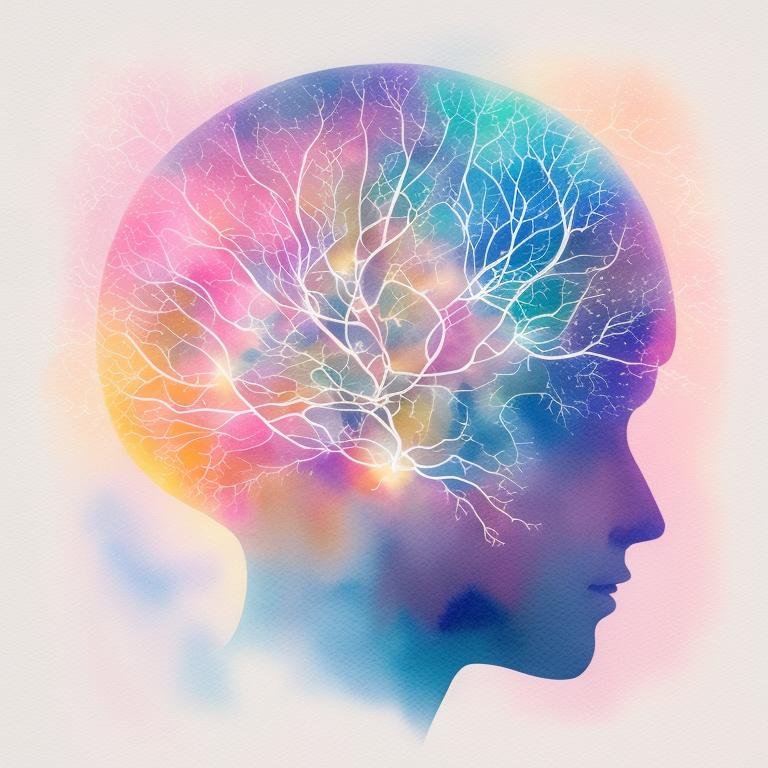Chronic Pain Therapy
Strength doesn't come from what you can do. It comes from overcoming the things you once thought you couldn't.
Offering virtual services online across Canada to help you overcome the challenges of living with chronic pain.
Assess Pain Signals
Shift how you interpret pain signals to feel more in control of your body.
Rewire Your Brain
Train your brain to form new pathways that can change the way pain is experienced.
Reduce Chronic Pain
Manage pain more effectively to enhance your physical and mental health.
The pain is real, even if tests and exams can’t find a clear reason for it. It’s always there, messing with your life, goals, relationships, and daily routines. You want relief and real solutions, but you’re not sure where to start, and it’s exhausting trying to push through every day.
At STC Therapy, we help you get to the root of your pain and retrain how your brain processes it, so you can take back control and start feeling like yourself again.
You’re not making it up…
Does this sound like you?
You feel pain, but medical exams or tests can’t pinpoint a clear physical reason.
The discomfort lasts well beyond normal healing time, becoming a persistent issue.
The severity of the pain can fluctuate unpredictably, with good and bad days.
Stressful events or heightened emotions seem to make the pain worse.
Treatments like medication, surgery, or physical therapy haven’t provided lasting relief.
Chronic pain often disrupts sleep, leaving you feeling tired or drained.
Ongoing discomfort may lead to feelings of frustration, depression, or anxiety.
Pain interferes with everyday tasks, making it tough to stay active or maintain a routine.
We uncover the root causes of your pain and help you feel better long-term.
What is chronic pain?
Chronic pain is a long term persistent pain. Neuroplastic Pain is when pain is present despite not having any structural damage or past the normal amount of time for recovery from an injury. Neuroplastic pain occurs when the brain mistakenly interprets harmless signals from the body as if they were threats.

Get back to living.
How We Help
Through chronic pain therapy, we address both the mind and body, rewiring the brain to shift pain pathways, uncovering root causes, and using Pain Reprocessing Therapy (PRT) to help retrain how you perceive and respond to pain for reduced symptoms and increased feelings of relief.
Types of Pain
Chronic Pain
Ongoing pain that lasts longer than expected, often lingering for months or even years, affecting both physical and emotional well-being.
Neuroplastic Pain
Pain that comes from the brain rewiring itself, often creating patterns where pain signals fire even without an injury or clear cause.
Psychogenic Pain
Pain linked to emotional or psychological factors, where stress, anxiety, or trauma can cause or worsen physical discomfort. Treating both the mind and body can help break the pain cycle.
Nociplastic pain
A type of pain caused by changes in how the nervous system processes signals, often leading to widespread pain without any clear injury or inflammation.
Positive Outcomes of Chronic Pain Therapy
Retrain your brain, create meaningful change, and live your life again.
With consistent effort and support in the therapeutic journey, you can experience:
Reduced pain intensity: Experience a decrease in the severity of your pain.
Improved emotional well-being: Feel more balanced and supported emotionally.
Increased functionality: Regain the ability to do everyday activities with more ease.
Enhanced self-efficacy: Build confidence in your ability to manage pain independently.
Long-term relief: Achieve lasting improvements in pain management over time.
Improved quality of life: Enjoy life more fully with better physical and mental health.
Pain Reprocessing Therapy
In Pain Reprocessing Therapy (PRT), I help clients understand and reinterpret their pain signals, teaching techniques to shift their perception of pain from a threat to a neutral sensation. This approach aims to reduce the intensity and impact of chronic pain by retraining the brain's response to pain signals.
Pain Reprocessing Therapy (PRT) educates clients about the nature of chronic pain, emphasizing that it often persists due to maladaptive neural pathways rather than ongoing physical damage. Through mindfulness, cognitive behavioural strategies, acceptance and commitment therapy techniques, and emotional processing, PRT helps clients reframe their pain as non-threatening, reducing the brain's sensitivity to pain signals.
This approach leads to significant reductions in pain intensity, improved emotional well-being, increased functionality, and long-term relief, empowering you to manage your pain independently and enhance your overall quality of life.
How STC Therapy Works
GET TO KNOW US
Start by booking a free 15-minute consultation and assessment. If you feel we’re a good fit, we’ll schedule your first appointment to begin treatment.
WE GET TO KNOW YOU
We take the time to understand everything that makes you who you are—your experiences, struggles, joys, and what truly matters to you.
START YOUR HEALING JOURNEY
Together, we’ll create a personalized plan for ongoing support, adapting it as needed. It is important to trust the process.
Rediscover life beyond pain.
To get started, book an appointment with us via our contact form, direct email to info@stctherapy.com, or through our safe online booking by clicking the button below. If you have any questions please fill out the contact form or email us we are happy to help.
STC Therapy offers online therapy across Ontario specializing in mental health support for adults, teens, and children with scoliosis or spinal deformities.
Frequently Asked Questions About Chronic Pain Therapy
What is Pain Reprocessing Therapy (PRT)?
Scoliosis is a condition characterized by an abnormal lateral curvature of the spine. It can occur at any age but is most commonly diagnosed during adolescence.
How does PRT differ from other pain treatments?
Unlike traditional treatments that focus on the physical aspect of pain, PRT addresses the neural pathways and psychological factors that contribute to chronic pain. It aims to reduce pain by altering the brain's perception and interpretation of pain signals.
Who can benefit from PRT?
PRT is beneficial for individuals experiencing chronic pain, especially when the pain persists without a clear physical cause. It can be particularly effective for conditions like fibromyalgia, back pain, and other types of pain that are believed to be maintained by the brain.
What are the key techniques used in PRT?
PRT employs mindfulness, cognitive behavioral strategies, relaxation techniques, and emotional processing to help clients reframe their pain signals as non-threatening and reduce the brain's sensitivity to these signals.
How long does it take to see results with PRT?
The timeframe for seeing results can vary, but many individuals experience significant pain reduction within a few weeks to a few months of consistent therapy.
How do I know if my pain is neuroplastic?
Neuroplastic pain is often characterized by pain that persists without a clear physical cause, changes in pain intensity without a consistent pattern, and improvement with psychological interventions. A thorough assessment by a healthcare provider can help determine if your pain is neuroplastic.
What should I expect during a PRT session?
During a PRT session, you can expect to engage in discussions about your pain, participate in mindfulness and relaxation exercises, and work on cognitive and emotional techniques to reframe your pain perception.
Are there any risks or side effects of PRT?
PRT is generally safe and well-tolerated. However, like any therapy, individual experiences may vary, and it's important to work with a qualified therapist to ensure the approach is appropriate for your specific needs.








